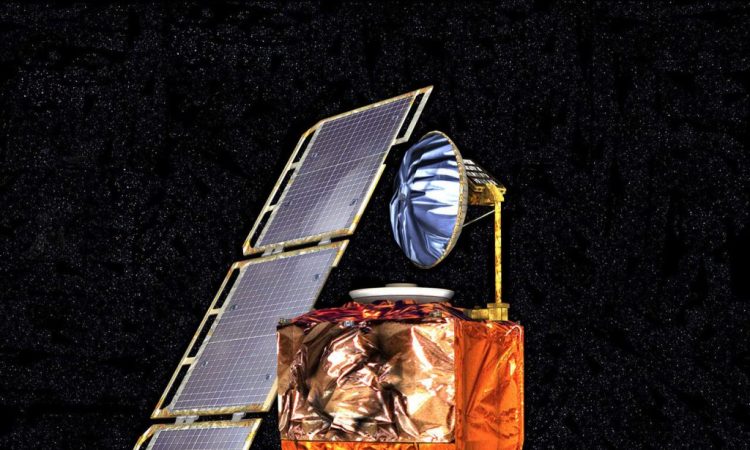
In 1999, a NASA probe disintegrated in the atmosphere of Mars due to a simple conversion error between systems of measurement units.
In September 1999, after nine months of interplanetary travelNASA’s Mars Climate Orbiter probe was preparing to enter orbit . The mission, costing $327 million, had ambitious goals: to study the climate of the red planet and act as a communications bridge for the Mars Polar Lander, arriving a few weeks later. However, on September 23, during the crucial orbital insertion maneuver, the probe’s signal abruptly stopped. The Mars Climate Orbiter was missing, disintegrated in the Martian atmosphere.
Advertisement
The subsequent investigation revealed a cause as banal as it was disconcerting: a conversion error between units of measurement. The ground-based navigation software used English units (pound-force), while the probe’s onboard software worked in International System units (Newtons). This undetected discrepancy caused an error in the trajectory calculation, leading the probe to fly too close to the surface of Mars.
But how did this costly misunderstanding come about? The problem arose from the “Small Forces” software used on the ground to calculate the effect of small thrusts from the thrusters on the probe’s trajectory. Instead of providing the data in Newtons, as required by the specifications, the software provided it in pound-force. Consequentially, the actual force of the thrusters was underestimated by a factor of 4.45 (1 pound-force equals 4.45 Newtons).
This seemingly insignificant error accumulated over the months, progressively deviating the probe from its expected trajectory. When the Mars Climate Orbiter reached Mars, instead of flying above the atmosphere at a safe altitude of 226 km, it found itself only 57 km from the surface. At that height, the atmospheric friction and heat generated were fatal to the probe.
How could such a basic mistake go unnoticed? NASA’s investigation highlighted several flaws in the mission’s development and management process. The software had not been subjected to sufficiently rigorous testing. Communication between the various teams involved was lacking, with concerns and anomalies discussed only informally. The overworked navigation team was not sufficiently familiar with the specific systems of the Mars Climate Orbiter.
The Mars Climate Orbiter disaster quickly became a case study in the risks of lack of standardization and insufficient testing of software in aerospace. NASA learned important lessons from the incident, strengthening verification and validation processes and improving communication between project teams.
This story reminds us how crucial it is, in the scientific and engineering fields, to pay attention to even the most apparently banal details. A simple overlooked conversion factor can mean the difference between success and failure of a hundreds of millions of dollars in space mission. And it demonstrates, once again, the importance of adopting an internationally standardized measurement system.
The incident also reminds us that technological progress is not immune to human errors. Indeed, paradoxically, the more complex our systems become, the greater the risk that a small error could have catastrophic consequences. This should not discourage us from innovating and exploring, but it must push us to do so with greater attention and rigor.
Read more:

